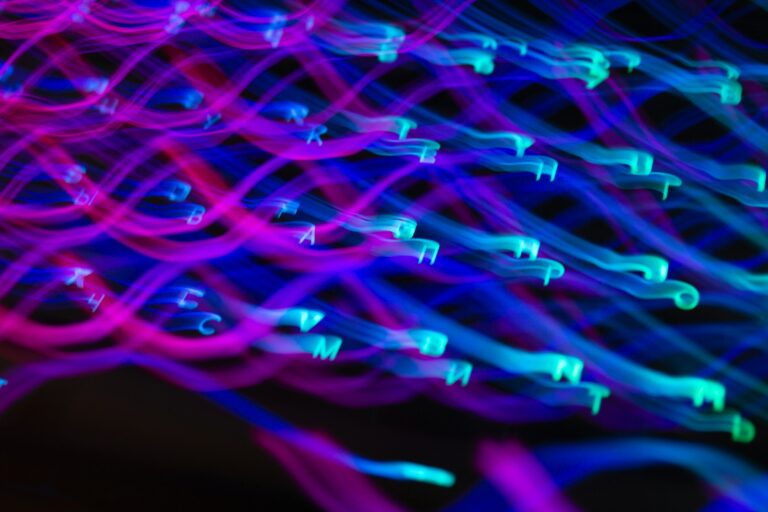Optimizing AI Performance on Edge Devices: Unlocking Potential
Challenges in Developing Machine Learning Models for Resource-Constrained Edge Devices
At the AI & Big Data Expo, Alessandro Grande, Head of Product at Edge Impulse, shared insights into the challenges of developing machine learning models for resource-constrained edge devices and how to overcome them. Here are some of the key points from the discussion:
Primary Challenges for Edge AI Adoption
- Determining optimal data collection strategies
- Shortage of AI expertise
- Communication barriers between hardware, firmware, and data science teams
According to Grande, companies building edge devices often struggle to integrate machine learning and AI due to a lack of expertise and communication barriers between relevant teams.
Strategies for Lean and Efficient Models
Grande emphasized the importance of minimizing sensor data and selecting efficient neural network architectures to optimize for edge environments. Edge Impulse is working to enable engineers to validate and verify models pre-deployment using common ML evaluation metrics, ensuring reliability and accelerating time-to-value.
Transformative Potential of On-Device Intelligence
Grande highlighted the transformative potential of on-device AI, citing examples such as the Oura Ring, which leverages edge intelligence to provide personalized health insights without reliance on the cloud. He also noted opportunities for preventative industrial maintenance through anomaly detection on production lines.
Ultimately, Grande sees on-device AI as having the potential to greatly enhance utility and usability in daily life, providing actionable suggestions and responsive experiences not previously possible. He believes that overcoming current obstacles to adoption is crucial for unleashing the full potential of edge AI.
For more information and interviews, you can watch the full interview with Alessandro Grande at the AI & Big Data Expo.







